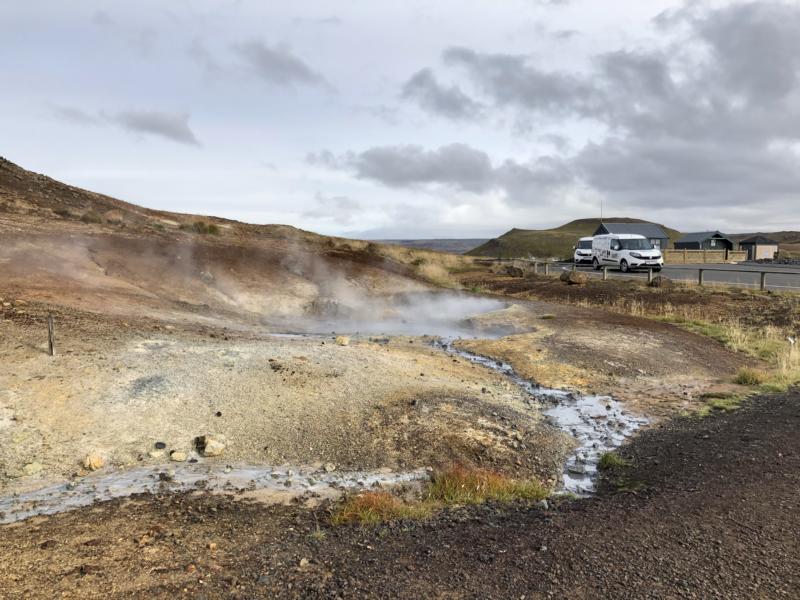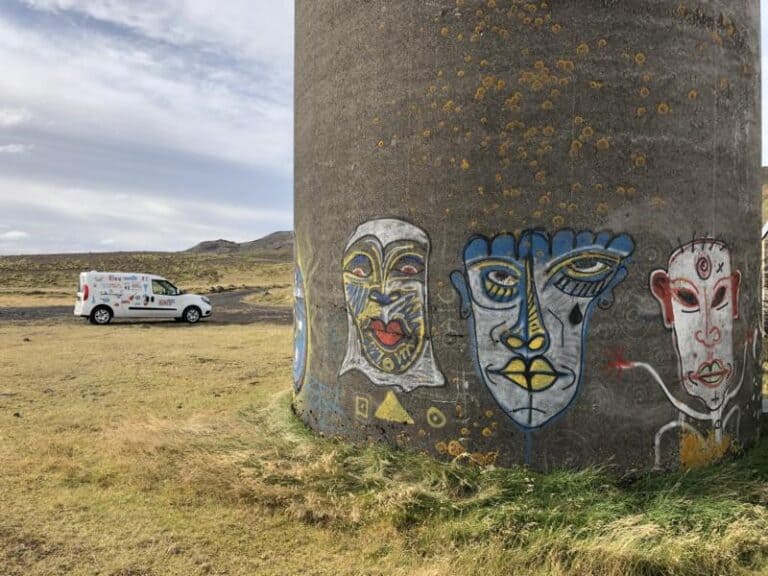If you are visiting Iceland, you might be curious to learn more about Icelandic runes. Exploring the origins of the ancient Icelandic symbols, Viking writing, and Icelandic magical staves is a fascinating journey. Known as the land of ‘Fire and Ice,’ Iceland offers majestic, extreme contrasts in natural landscapes and a culture immersed in mythology and magic, complete with magical creatures and symbols.
Join us as we uncover all there is to know about Icelandic runes. Let’s dive in.
What are Icelandic Runes?
Runes are ancient symbols, or characters, that formed the basis of early writing systems. While most of Europe now uses variations of the Latin alphabet, runes were the primary method of written communication before the Latin script was adopted. In Iceland, runes have a rich history, with archaeological evidence dating back to 150 AD.
The History of Runes
Runes, also known as Viking writing letters, were carved symbols used throughout Norse culture. Rather than written with ink, they were etched into stone, weapons, and jewelry—believed to bring luck, protection, or power. Some even appear on gravestones to guide the soul’s passage. Such is the magic of Icelandic runes.
The major shift from the runic writing system to the Latin system happened around 700 AD when Europe became Christian. However, runes were used by the Nordic countries as late as 1100 AD.
The runic writing system
The first settlers of Iceland brought with them the runic writing system, which has remained in place ever since. Like most European countries, Iceland shifted to the Latin system. However, the runic writing system continues to hold a significant place in Icelandic culture and history.
The runic writing system consists of a variety of alphabets. Elder FUÞARK is the most renowned and well-formed runic alphabet, which is made up of twenty-four symbols. Later on, around the 8th Century, which is the beginning of the Viking Age, the Elder FUÞARK was replaced by a shorter version consisting of only sixteen runes. This shorter version is known as the Younger FUÞARK (or Scandinavian Runes). This is the version that comprises what we identify as Icelandic Runes.
Interesting facts about Icelandic Runes:
- They were not necessarily placed from left to right.
- There are many examples of top-to-bottom and right-to-left writings.
- They also changed direction from horizontal to vertical.
- It is believed that the direction of the text affected its meaning.
- Runic symbols are made up of straight lines, making them ideal for carving into wood or stone.
- The word ‘rune’ actually translates to ‘to carve out.’
- Runes were the perfect symbols to cast spells and create blessings, tying them closely with magic.
- Mysticism and atheism are credited for keeping runic writings alive.
- Latin and Runic forms of writing coexisted in Europe.
- The Latin and Runic coexistence has fascinated historians throughout the ages.
- Old Norse Mythology declares that the runes were gifts from heathen gods.
Currently, we know of approximately one hundred archeological examples of rune carvings. Runes were widely used for decorative purposes in Iceland until Bishop Oddur Einarsson’s ruling in 1592. The new rule stated that all Icelanders had to convert to Lutheran orthodoxy. This ruling demanded the abolishment of all aspects related to ancient traditions, including magic, healing practices, and other ancient medical sciences.
In the 1600s, twenty people from Iceland were executed for practicing witchcraft. Anyone with any knowledge of Icelandic symbols was labeled a ‘sorcerer’ or ‘witch.’
Fast forward to now. Runes are an important part of Icelandic culture and heritage.
Now that you know more about Norse runes, let’s explore the Icelandic magical staves.

Magical Properties of Icelandic Staves
The Icelandic sagas, a series of ancient tales about Norse gods and Viking mythology, mention Icelandic staves, also known as galdrastafir. These symbols are believed to hold magical powers.
- The Aegishjalmur symbol was believed to induce fear in enemies, prevailing in battles, and protecting warriors.
- The Veldismagn symbol is very popular and known for granting protection against evil, promoting good luck, and bestowing wealth.
- The Draumstafir symbol represents the dream of unfulfilled desires.
Other Icelandic magical staves included runes to attract the love of a girl, kill an enemy’s cattle, promote fertility, open hills or open doors without a key, win legal matters, instill fear in your enemies, summon ghosts or evil spirits, protect belongings from thieves, bring luck in fishing and ward off foxes.
The magical power of each stave was instilled by its creator (also called a sigil-maker). The creator was often a magician known as a sorcerer (male)/ witch (female). These magicians attended school abroad and were known in Iceland as geldermann. It is believed that the magicians would create the different runes by carving the symbols on them as part of a ritual.
Start Your Journey with Rent.is

Explore the mysteries of Iceland as you delve into the history of the magic runes. If you are traveling to Iceland and are ready to discover the magic of their culture and this beautiful country’s heritage, contact Rent.is to plan your trip. We make it easy for you to rent a camper van in Iceland, so you can discover this amazing island on your own terms.

